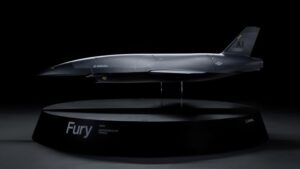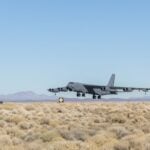
NATIONAL HARBOR, Md.—Simulations being done with the Air Force’s future unmanned Collaborative Combat Aircraft (CCA) are showing that operators are takings risks that they would not with manned aircraft, the director of the service’s wargaming efforts said on Wednesday. The combination of a lower price point expected from acquiring and operating a CCA and the fact that a person’s life is not at risk drives the willingness to take more risks, Maj. Gen. Joseph Kunkel, director, Force Design, Integration and…

 By
By 











